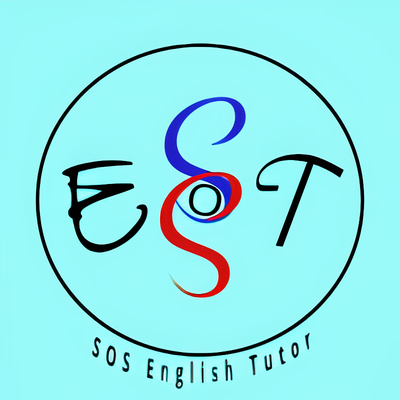Learning English online helps to prepare for IELTS. IELTS is a test that is accepted by many different types of schools around the world. Many universities in Australia, Britain, Canada, Europe, Ireland, and New Zealand accept it, as well as many different professional organizations.
IELTS tests your English skills needed in the real world for work, school, immigration and studies. It is a standardized test of English language proficiency for people who don’t speak English very well. It is jointly managed by the British Council, IDP: IELTS Australia, and Cambridge Assessment English. IELTS is one of the original English tests. It was created in the 1980s to allow people to learn how English is used.
In the 1980s, the number of test takers was low, so the test was redesigned. The International Development Program of Australian Universities and Colleges (IDP), now known as IDP: IELTS Australia, joined Cambridge English Language Assessment and the British Council to form the international IELTS partnership. This partnership renamed the test: The International English Language Testing System (IELTS).
The IELTS test went live in 1989. Test takers took two non-specialized modules, Listening and Speaking, and two specialized modules, Reading and Writing. The number of test takers increased in the 1990s with 210 test centres around the world.
The IELTS (International English Language Testing System) was revised in 1995 with three main changes. First, the writing test was revised to make it more difficult. Second, the listening test was revised to make it more difficult. And third, the range of items was widened to make the test more representative of real life.
The modules that used to be called “Reading and Writing” have been combined into one module called “Academic Reading and Writing.” This change avoided confusing people about how good their reading and writing abilities are. The General Training Reading and Writing modules are now the same as the Academic Reading and Writing modules, and they have been updated to match the new assessment criteria.
The General modules are mostly for test takers who want to immigrate to another country or for work. The Academic modules are for test takers wanting to study in college or university with proven English skills.
There is no minimum score needed to pass the test, as long as your score falls within the ranges set by the institution you took the test at. Your score will be reported to you on a Test Report Form. Your score is valid for 2 years. If you have taken the test more than two years ago, your score may not be considered valid, unless you can prove that you have worked to maintain your English.
In recent years more and more people are taking the IELTS test with many of them under the age of eighteen. Nowadays, IELTS is available at over 1,200 test centres in more than 140 countries and territories.
IELTS is a test that helps people learn English better. It is made up of questions from different areas of language, and is a way to show how well a person knows English. Test takers may study on their own, purchase material, find material online, take a course or hire a tutor. Knowing about the test and how to prepare are very important as test takers must know the test format, type of questions and be efficient with use of time.
There is no such thing as Certified IELTS teachers/trainers. Most teacher/trainers are English or English as a Second Language teachers. Although there are programs to certify teachers to teach IELTS, these programs are short, free or low cost and usually just familiarize the teacher with IELTS. A teacher’s English teaching skills, along with a university diploma and experience are all a teacher needs. It is illegal for a current IELTS examiners to teach IELTS, although some do so illegally. If caught, there are consequences to the teacher, the school and the students.
Test takers must have good English skills to do well. Learning English online is one of many tools that could help you. For information about IELTS training courses from one of our IELTS teachers, please contact us using this link.








